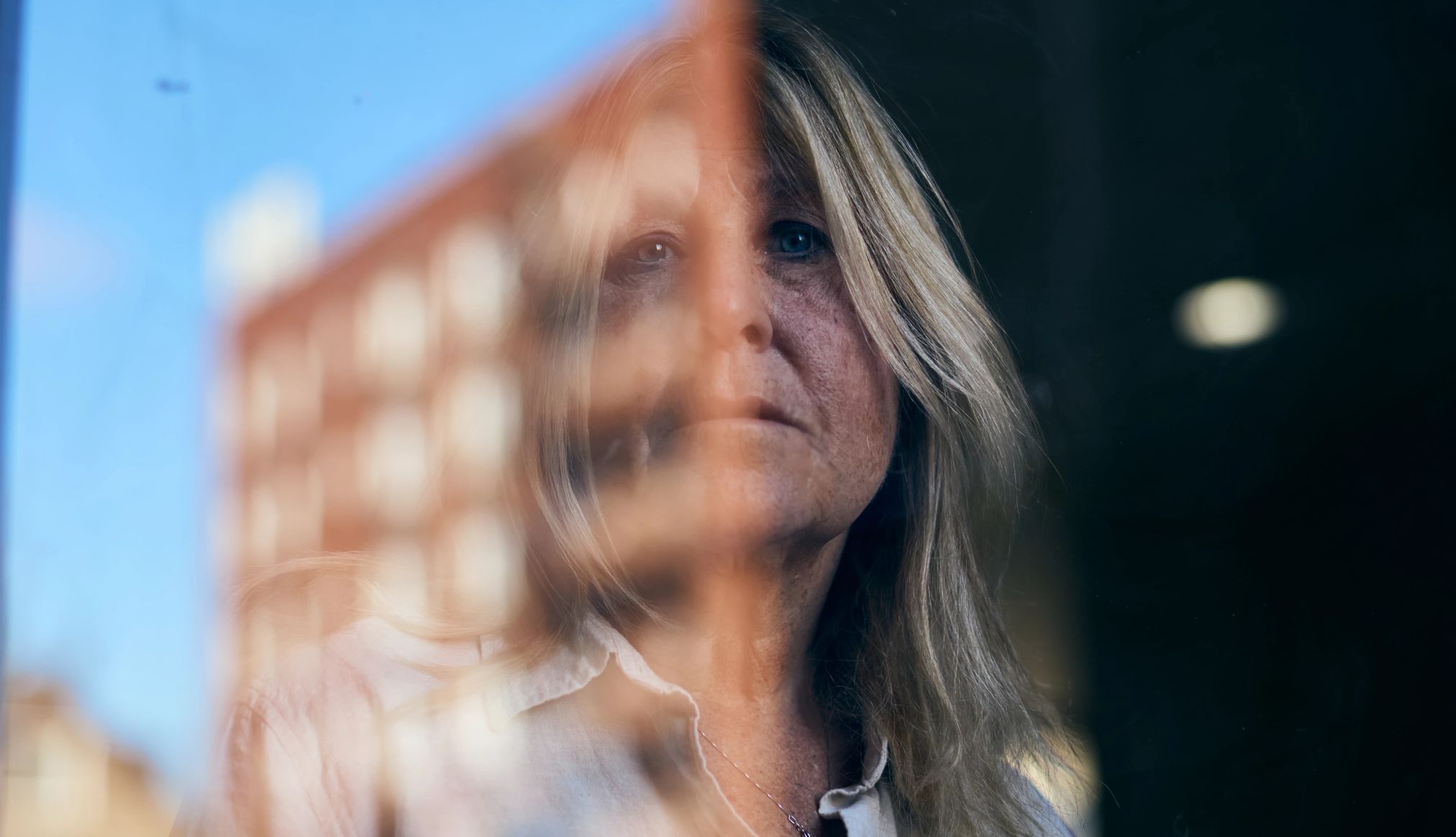AARP Hearing Center


Catherine Lydon Mesa remembers feeling like she had been hit by a train on a Saturday evening in September 2022.
“I was shaking so much from a fever that I had my hand under my chin to keep my teeth from clattering so loud,” recalls Mesa, now 61.
In the days that followed, she struggled to catch her breath, was tortured with headaches, and was so weak that she had to crawl from her bed to the bathroom.
“I couldn’t even stand up,” says Mesa, who lives in Queens, New York. Sitting in her bed to eat a bowl of soup would exhaust her.
The diagnosis: COVID-19, an illness that she had managed to avoid for more than two years since it first started spreading in the U.S. in early 2020. Given an underlying health condition — Mesa was diagnosed with myalgic encephalomyelitis/chronic fatigue syndrome, or ME/CFS, in her 20s — she did what she could to lower her risks of getting infected with the coronavirus. She was vaccinated, boosted and wore a mask in public.
Still, the virus eventually found her, and it made her really sick — just like it’s done to millions of older adults.
It’s been five years since COVID-19 arrived in the U.S., and in that time, adults age 50 and older have accounted for roughly 94 percent of the 1.2-plus million American deaths. And while hospitalizations are fewer now than they were earlier in the pandemic, the illness is still sending thousands to inpatient wards and wings, and the vast majority are older individuals, data from the Centers for Disease Control and Prevention (CDC) shows.
Why COVID hits older adults so hard
Biological changes that develop with age are a big reason why older adults have borne — and continue to bear — the burden of this disease.
When you’re older, the immune system cannot fight off foreign invaders as well as it could in your younger years, explains Emily Landon, M.D., executive medical director for infection prevention and control and an associate professor of medicine at the University of Chicago Medicine. “And as we get older, your body isn’t as quick or as good at recognizing when something’s wrong.”
What’s more, older individuals are more likely to have underlying health conditions, like heart disease or lung disease. And when you pile on an infection, “those medical problems leave you at a disadvantage,” Landon says. An estimated 85 percent of Americans 65 and older have at least one chronic health condition, research suggests, and more than half have two.
A 2021 study led by federal researchers found that diabetes and obesity were among the leading risk factors for death from COVID-19. An estimated 1 in 3 U.S. adults 65 and older have diabetes, and more than 40 percent of adults 60 and older have obesity.




































































More From AARP
How Older Adults Can Survive the Quad-emic
Lower your risk of illness amid the convergence of COVID, flu, RSV and norovirus
How to Avoid Germs at the Gym
Working out this winter? How to lower your chances of catching a cold, flu or something worse
What It’s Like to Catch COVID Over and Over
He’s had four bouts so far, and he says it has changed him